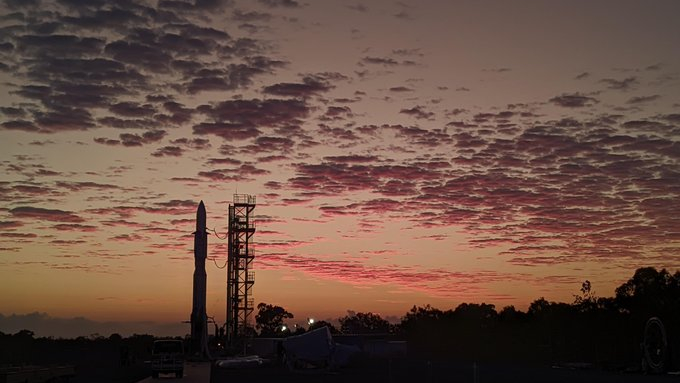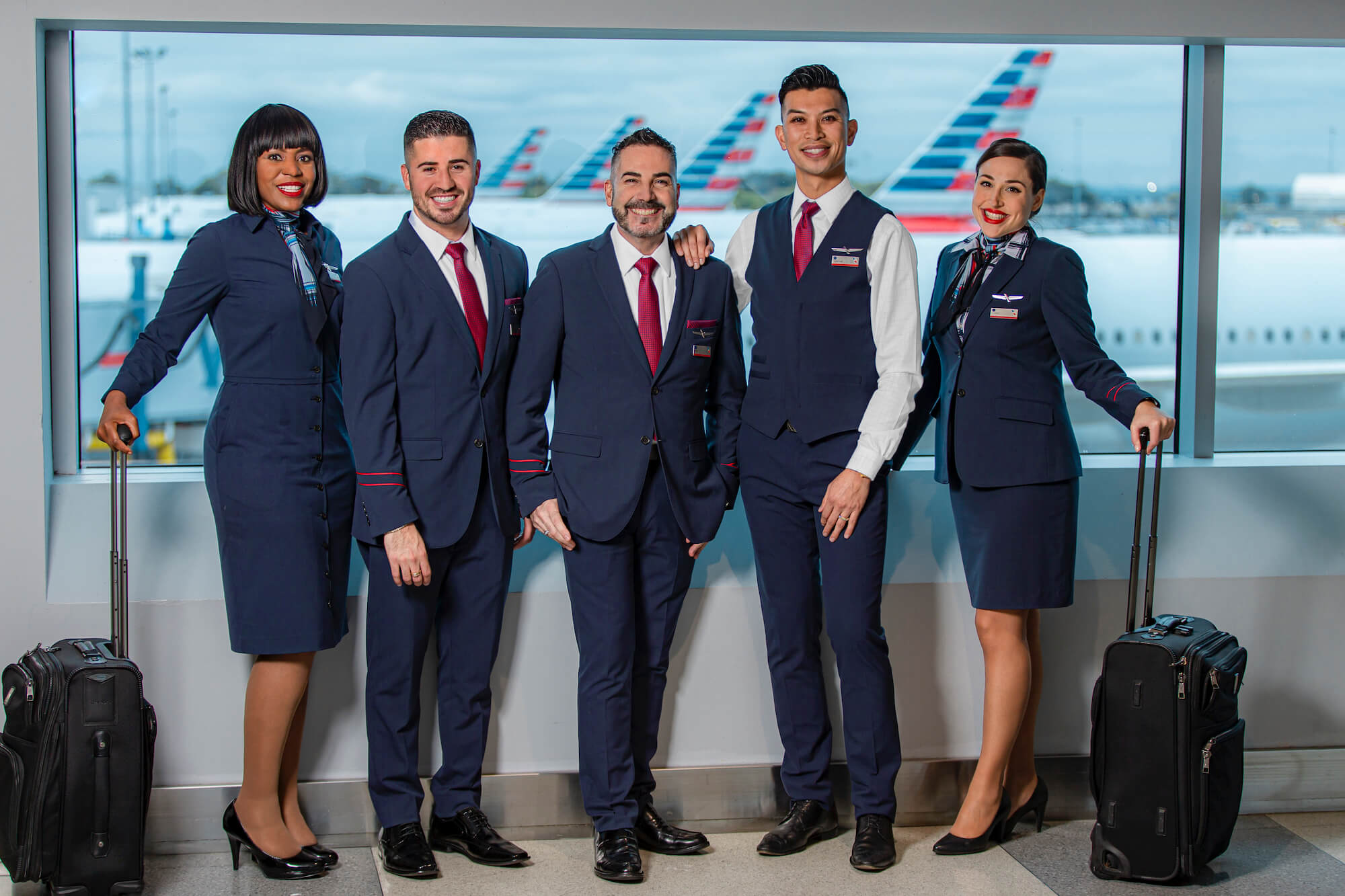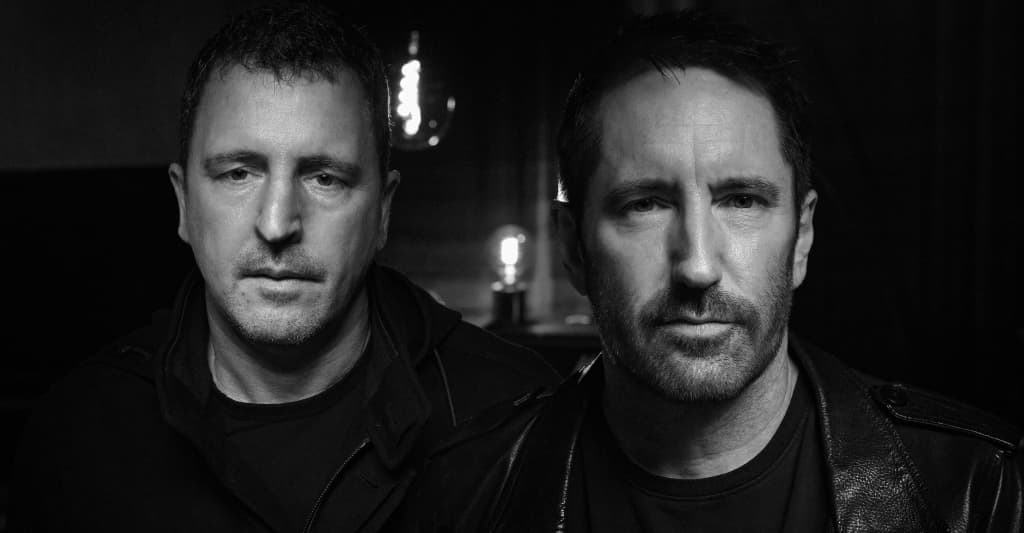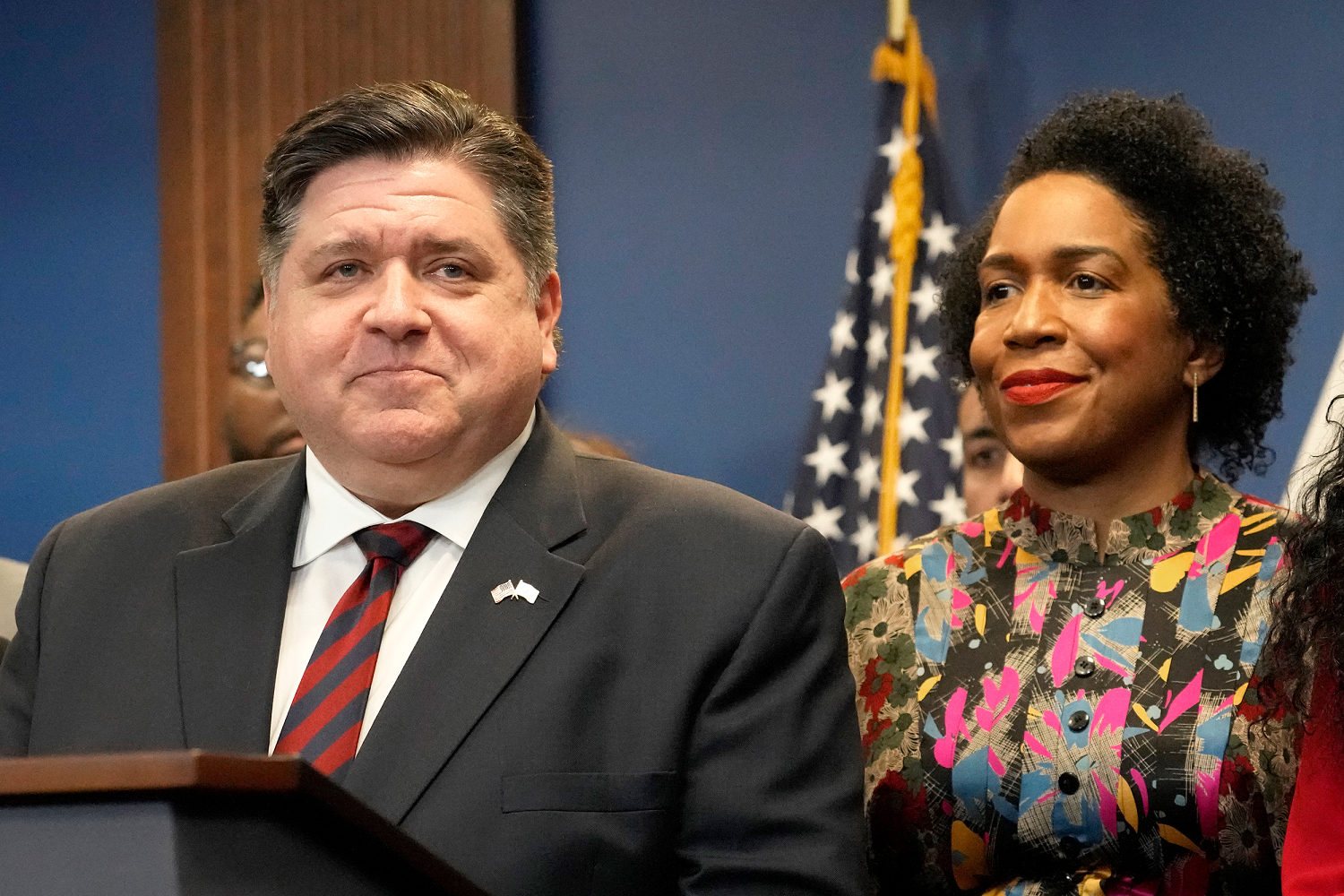FAA defends moving Newark airspace control to Philadelphia
The Federal Aviation Administration (FAA) on Tuesday defended moving Newark Liberty International Airport’s airspace control to Philadelphia in a statement released in the wake of recent turmoil in the airport’s operations. “There is a nationwide shortage of air traffic controllers, and the FAA for years has not met the staffing goal for the area that...

The Federal Aviation Administration (FAA) on Tuesday defended moving Newark Liberty International Airport’s airspace control to Philadelphia in a statement released in the wake of recent turmoil in the airport’s operations.
“There is a nationwide shortage of air traffic controllers, and the FAA for years has not met the staffing goal for the area that works Newark airspace,” the FAA said in a statement obtained by The Hill’s sister network NewsNation.
“The persistent low staffing levels and low training success rate at New York Terminal Radar Approach Control (TRACON), or N90, were contributing factors to moving control of the Newark airspace to the Philadelphia TRACON in 2024,” the agency added.
Over the weekend, the FAA slowed traffic at Newark due to a telecommunications issue at the Philadelphia facility, which directs planes into and out of the airport. The move followed the airport recently garnering national attention for staffing issues and technological challenges.
Late last month, air traffic controllers in Philadelphia lost communications and radar with planes at Newark for close to 90 seconds. Hundreds of flights faced cancellation or delay due to the breakdown in communication and the blackout.
Air traffic controllers later took absences via the Federal Employees’ Compensation Act, which lets federal workers who are injured or go through trauma on the job take time off, making the situation at Newark worse.
The FAA also seemed to suggest in its Tuesday statement that the Philadelphia TRACON fit Newark’s airspace staffing needs better than the New York TRACON.
“Philadelphia TRACON Area C, which directs aircraft in and out of Newark, has 22 fully certified controllers, 5 fully certified supervisors, and 21 controllers and supervisors in training,” the FAA said in the statement.
“Ten of those 21 controllers and supervisors are receiving on-the-job training. All 10 are certified on at least one position in Area C and three are certified on multiple positions. This means they can work those positions without supervision from an instructor.”


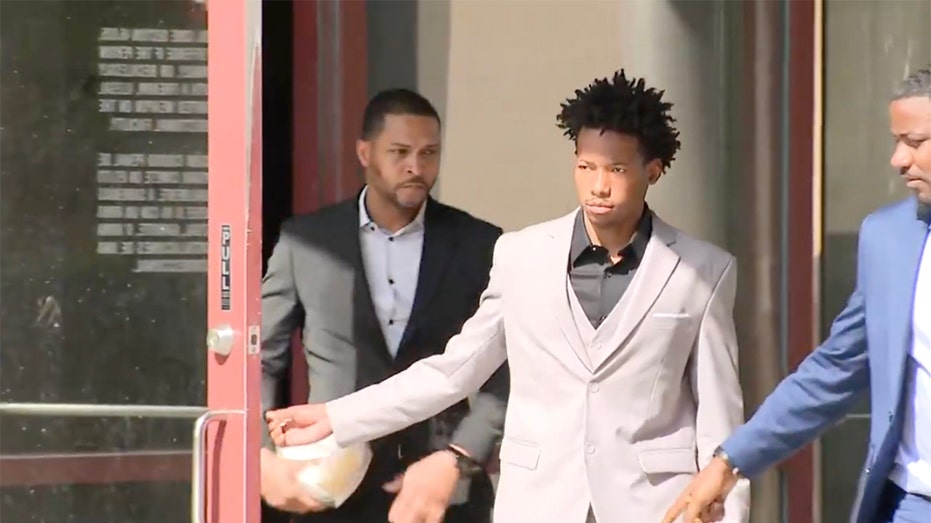
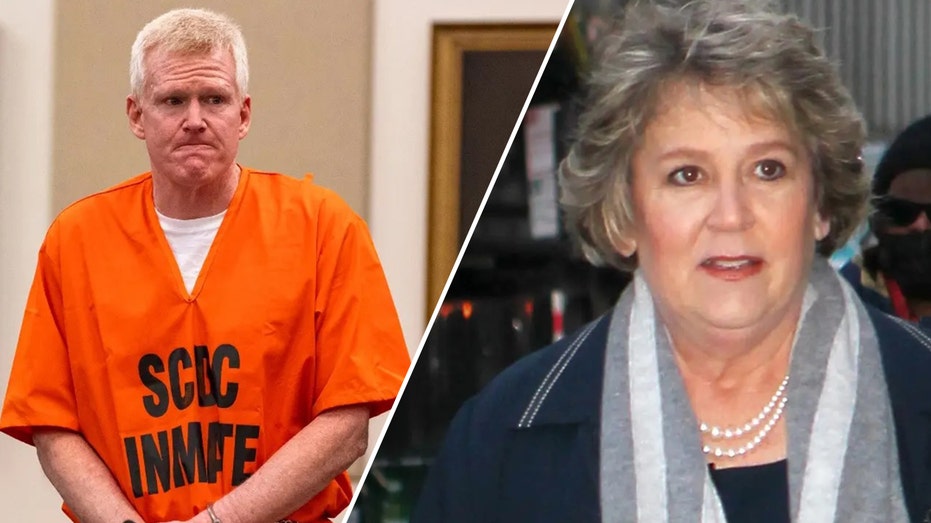
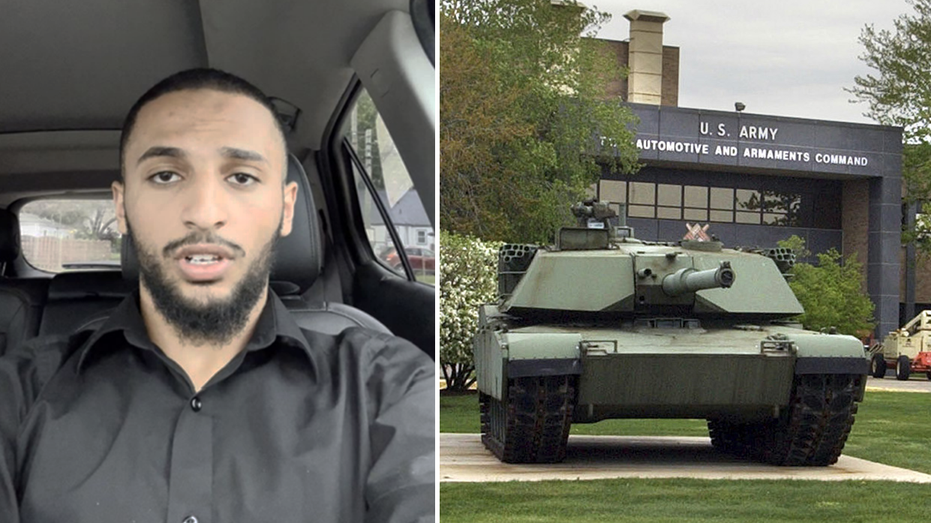












_Gang_Liu_Alamy.jpg?width=1280&auto=webp&quality=80&disable=upscale#)

_KristofferTripplaar_Alamy_.jpg?width=1280&auto=webp&quality=80&disable=upscale#)














